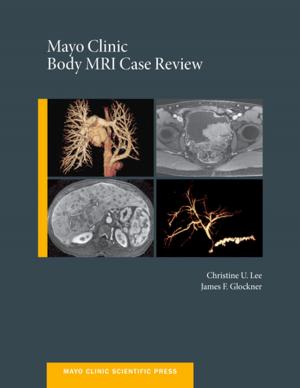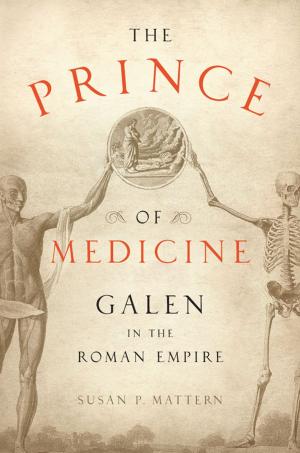The Assignment of the Absolute Configuration by NMR Using Chiral Derivatizing Agents
A Practical Guide
Nonfiction, Science & Nature, Science, Chemistry, Organic| Author: | Ricardo Riguera, José M. Seco, Emilio Quiñoá | ISBN: | 9780190463885 |
| Publisher: | Oxford University Press | Publication: | June 10, 2015 |
| Imprint: | Oxford University Press | Language: | English |
| Author: | Ricardo Riguera, José M. Seco, Emilio Quiñoá |
| ISBN: | 9780190463885 |
| Publisher: | Oxford University Press |
| Publication: | June 10, 2015 |
| Imprint: | Oxford University Press |
| Language: | English |
Nuclear magnetic resonance spectroscopy (NMR spectroscopy) is a research technique that uses the magnetic properties of atomic nuclei to determine physical and chemical properties of atoms or the molecules in which they are contained. Proton NMR (1H NMR) is a technique that applies NMR spectroscopy specifically to the hydrogen-1 nuclei within the molecules of a substance, in order to determine the structure of that substance's molecules. The use of 1H NMR for the assignment of absolute configuration of organic compounds is a well-established technique. Recent research describes the technique's application to mono-, bi- and trifunctional compounds. In addition, several new auxiliary reagents, mono- and biderivatization procedures, on-resin methodologies and more recently, the use of 13C NMR, have been introduced to the field. In The Assignment of the Absolute Configuration by NMR Using Chiral Derivatizing Agents: A Practical Guide, eminent Professor of Organic Chemistry Ricardo Riguera organizes this cutting-edge NMR research. Professor Riguera offers a short and usable guide that introduces the reader to the research with a plethora of details and examples. The book briefly explains the theoretical aspects necessary for understanding the methodology, dedicating most of its space to covering the practical aspects of the assignment, with examples and spectra taken from the authors' own experiments. Upper-level undergraduates, graduate students, and chemical researchers will find this guide useful for their studies and practice.
Nuclear magnetic resonance spectroscopy (NMR spectroscopy) is a research technique that uses the magnetic properties of atomic nuclei to determine physical and chemical properties of atoms or the molecules in which they are contained. Proton NMR (1H NMR) is a technique that applies NMR spectroscopy specifically to the hydrogen-1 nuclei within the molecules of a substance, in order to determine the structure of that substance's molecules. The use of 1H NMR for the assignment of absolute configuration of organic compounds is a well-established technique. Recent research describes the technique's application to mono-, bi- and trifunctional compounds. In addition, several new auxiliary reagents, mono- and biderivatization procedures, on-resin methodologies and more recently, the use of 13C NMR, have been introduced to the field. In The Assignment of the Absolute Configuration by NMR Using Chiral Derivatizing Agents: A Practical Guide, eminent Professor of Organic Chemistry Ricardo Riguera organizes this cutting-edge NMR research. Professor Riguera offers a short and usable guide that introduces the reader to the research with a plethora of details and examples. The book briefly explains the theoretical aspects necessary for understanding the methodology, dedicating most of its space to covering the practical aspects of the assignment, with examples and spectra taken from the authors' own experiments. Upper-level undergraduates, graduate students, and chemical researchers will find this guide useful for their studies and practice.















